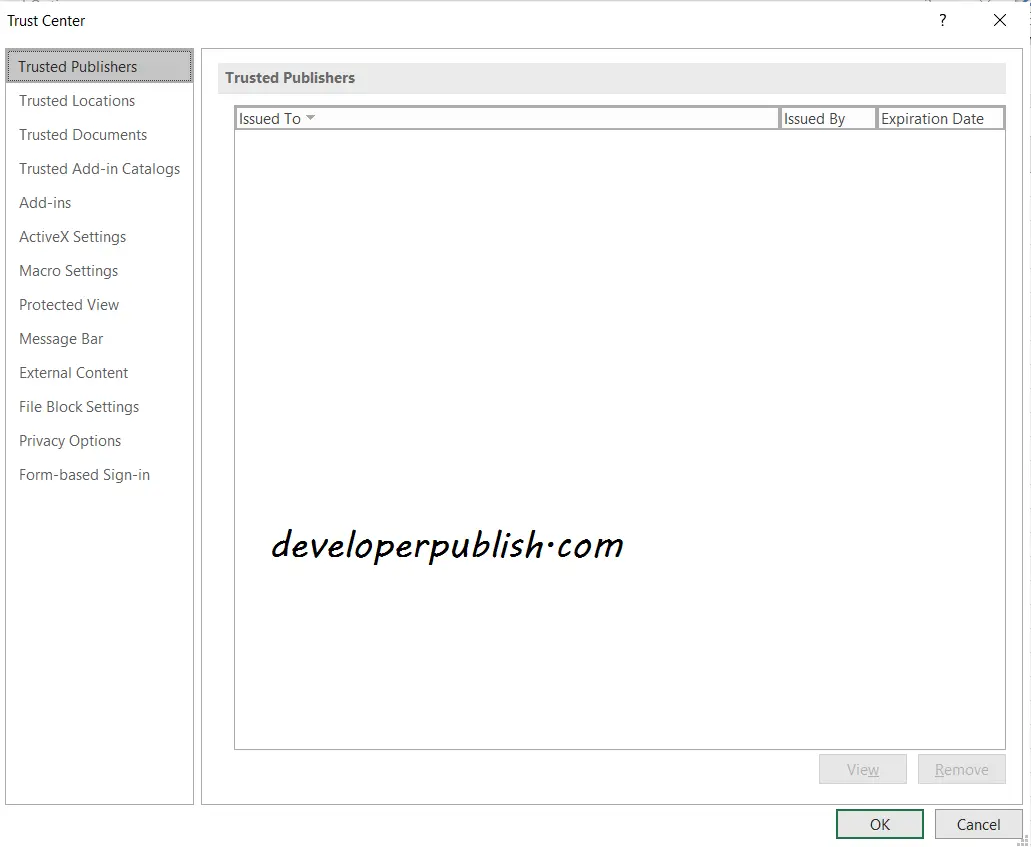
EXCEL VBA GET FILE PATH CODE
The above code counts the number of open workbooks and then goes through all the workbooks using the For Each loop. If Workbooks(i).Name ThisWorkbook.Name Then The below code would loop through all the open workbooks and close all except the workbook that has this VBA code. In this case, since you want this to happen to all the workbooks, you’re not concerned about their individual index numbers. For example, if you want to loop through all the open workbooks and save all, you can use the index numbers. To be sure, you would have to run the code as shown above or something similar to loop through the open workbooks and know their index number.Įxcel treats the workbook opened first to have the index number as 1, and the next one as 2 and so on.ĭespite this drawback, using index numbers can come in handy. One of the troubles I often have with using index numbers with Workbooks is that you never know which one is the first workbook and which one is the second and so on. The above code uses MsgBox – which is a function that shows a message box with the specified text/value (which is the workbook name in this case). You can also refer to the workbooks based on their index number.įor example, if you have three workbooks open, the following code would show you the names of the three workbooks in a message box (one at a time). However, in some cases, you do need to specify the workbook to make sure the code works (more on this in the ThisWorkbook section). This happens when you’re referring to the worksheet/ranges in the same workbook that has the code in it and is also the active workbook. You will often see a code where a reference to a worksheet or a cell/range is made without referring to the workbook. The above code first activates Sheet1 in the Examples.xlsx workbook and then selects cell A1 in the sheet.

Workbooks("Examples.xlsx").Worksheets("Sheet1").Activate If you want to activate a workbook and select a specific cell in a worksheet in that workbook, you need to give the entire address of the cell (including the Workbook and the Worksheet name). If you’re not sure what name to use, take help from the Project Explorer.

If it hasn’t been saved, then you can use the name without the file extension. Note that you need to use the file name along with the extension if the file has been saved. If you have two workbooks open, and you want to activate the workbook with the name – Examples.xlsx, you can use the below code: Sub ActivateWorkbook() If you have the exact name of the workbook that you want to refer to, you can use the name in the code. In this section, I will cover the different ways to refer to a workbook along with some example codes. The method you choose would depend on what you want to get done. There are different ways to refer to a Workbook object in VBA. Open the Specified Workbook by Double-clicking on the Cell.

Error while Working with the Workbook Object (Run-time error ‘9’).Create a New Workbook for Each Worksheet.Save a Copy of the Workbook (with Timestamp).


 0 kommentar(er)
0 kommentar(er)
